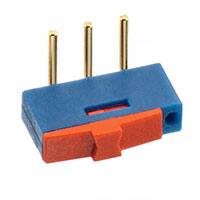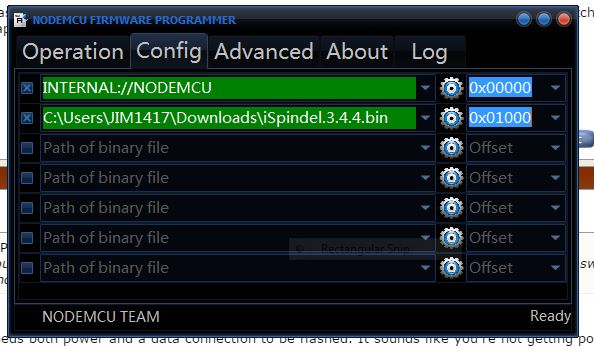This thread has been a great help in getting things up and running. At the moment I have the circuit built and connected through to ubidots and now have to print the sled to get it in the tube. It all appears to be working correctly so far.
However I've done a few things differently to the original design.
1. I haven't flashed the wemos. What is the purpose of flashing? Is it just for new standard wemos firmware or is it a specific ispindel firmware?
2. I am using a wemos battery shield rather than the basic TP 4056 (
https://www.wemos.cc/product/battery-shield.html). This looked like it required less work than the TP 4056. I am able to (according to the docs) charge the battery at the same time as running the wemos using this shield. I guess this removes the need to remove the diode on the wemos itself or include the toggle switch. Has anyone had experience with this shield or does my reasoning appear correct?
3. The GYU led is still connected. Is the purpose of removing this purely to increase battery life?
Thanks






















































![Craft A Brew - Safale S-04 Dry Yeast - Fermentis - English Ale Dry Yeast - For English and American Ales and Hard Apple Ciders - Ingredients for Home Brewing - Beer Making Supplies - [1 Pack]](https://m.media-amazon.com/images/I/41fVGNh6JfL._SL500_.jpg)







